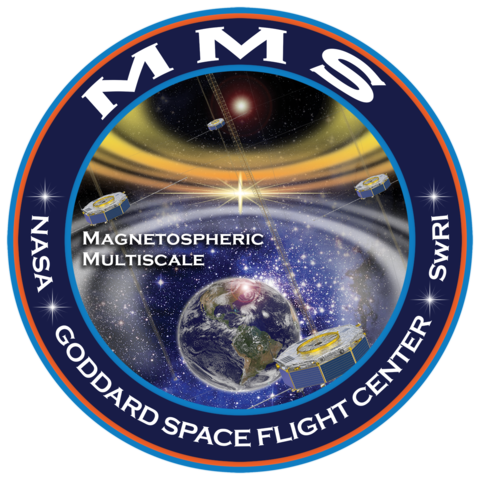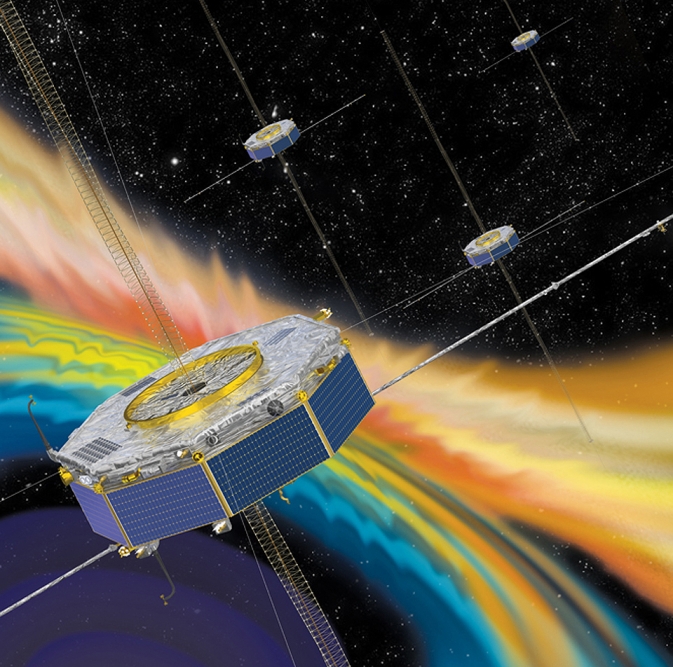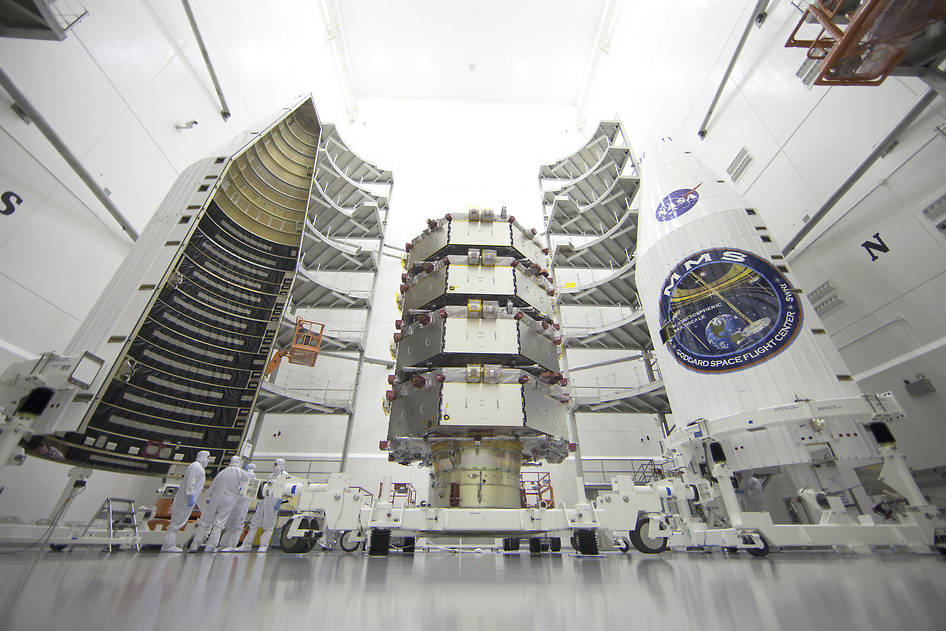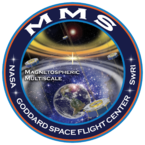NASA’s Magnetospheric Multiscale Mission (MMS)
Studying Earth's Magnetosphere
Designed to study the Earth's magnetosphere and how the Sun’s and Earth’s magnetic fields connect and disconnect, known as magnetic reconnection. The Magnetospheric Multiscale (MMS) mission involved using four identical spacecraft flying in a tetrahedral formation around the Earth in a highly elliptical orbit to gather detailed information. The four MMS spacecraft were launched on March 12th, 2015 for a 2 ½ year mission.
MMS Fast Summary Facts
- Type: Orbiter
- Destination: Elliptical Earth orbit
- Status: Active
- Launch Location: Cape Canaveral, Florida
- Launch Date: March 12th 2015
- Mission Duration: Planned 2 ½ years
Quick Facts About The Magnetospheric Multiscale Mission
- The NASA Magnetospheric Multiscale (MMS) mission was designed to study how the Sun’s and Earth’s magnetic fields connect and disconnect. This process is important at the Sun, other planets, black holes and everywhere in the universe and is a little-understood phenomenon known as magnetic reconnection.
- To achieve this it would gather information about the microphysics of magnetic reconnection, energetic particle acceleration, and turbulence processes that occur in the magnetic field.
- The science mission was split into two parts;
- During the science mission, the four MMS satellite constellation must maintain a tetrahedral formation while orbiting in their highly elliptical orbits in order to collect the desired science data.
- Each of the four satellites have an octagonal shape that is approximately 3.5 meters wide and 1.2 meters high, with 8 wire booms protruding from them - four are 60 m (197 ft) long!
- The MMS spacecraft were launched aboard a Delta II rocket and each weighed 1,360 kilograms (2,998 lbs) when launched.
- The spacecraft are powered by small solar panels which will generate electricity to run the satellite.



MMS Patch
MMS In Space
Magnetospheric Multiscale Mission



